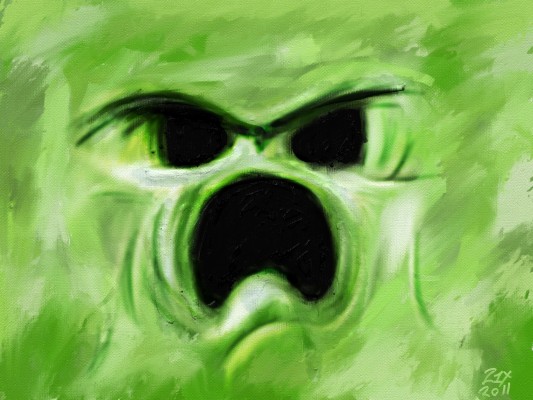

Wintercreeper is not particular about soil conditions but does best in an acid loam that is moist but not overly saturated. Wintercreeper Full Sun to Shade Tough Ground Cover Only newer growth turn Burgundy in Winter Best used in areas where it can be managed. Space plants 18 to 24 inches (46-61 cm.) apart in spring once the ground can be worked. It's also a very time consuming option possibly taking up to a couple of months before you see any results. Wintercreeper can be planted in USDA plant hardiness zones 4 through 9 and will do well in full sun or partial shade.

I suppose it works differently for different plants. Having said that, I have not had much luck with solarization in Minnesota but I was trying to kill off grass. Cutting the foliage back might possibly suppress the bloom time to allow you to apply the herbicides.Īs for solarization - the U of MN Extension recommends using clear plastic since black plastic has a shading effect thus keeping the plants cool enough to survive. To that I would recommend that you not use it when the plant is blooming because the herbicides may have an adverse effect on pollinators attracted to the flowers. Here is a link to the Missouri Department of Conservation on wintercreeper control. Types of Winter Creeper Canadale Gold is a popular cultivar of winter creeper. It prefers temperate climates where the vine can grow to its true potential. China, Japan, Korea, Thailand, Vietnam, Indonesia, and India are just a smattering. It can be found throughout most Asiatic countries. Both are general use herbicides that you will beĪble to find at a garden center. The winter creeper has an extensive native range. In Missouri where wintercreeper is considered an invasive, the Missouri Department of Conservation recommends to use a mixture ofĢ, 4-D and Triclopyr. The information previously given was based on what the U of MN Extension recommends.


 0 kommentar(er)
0 kommentar(er)
